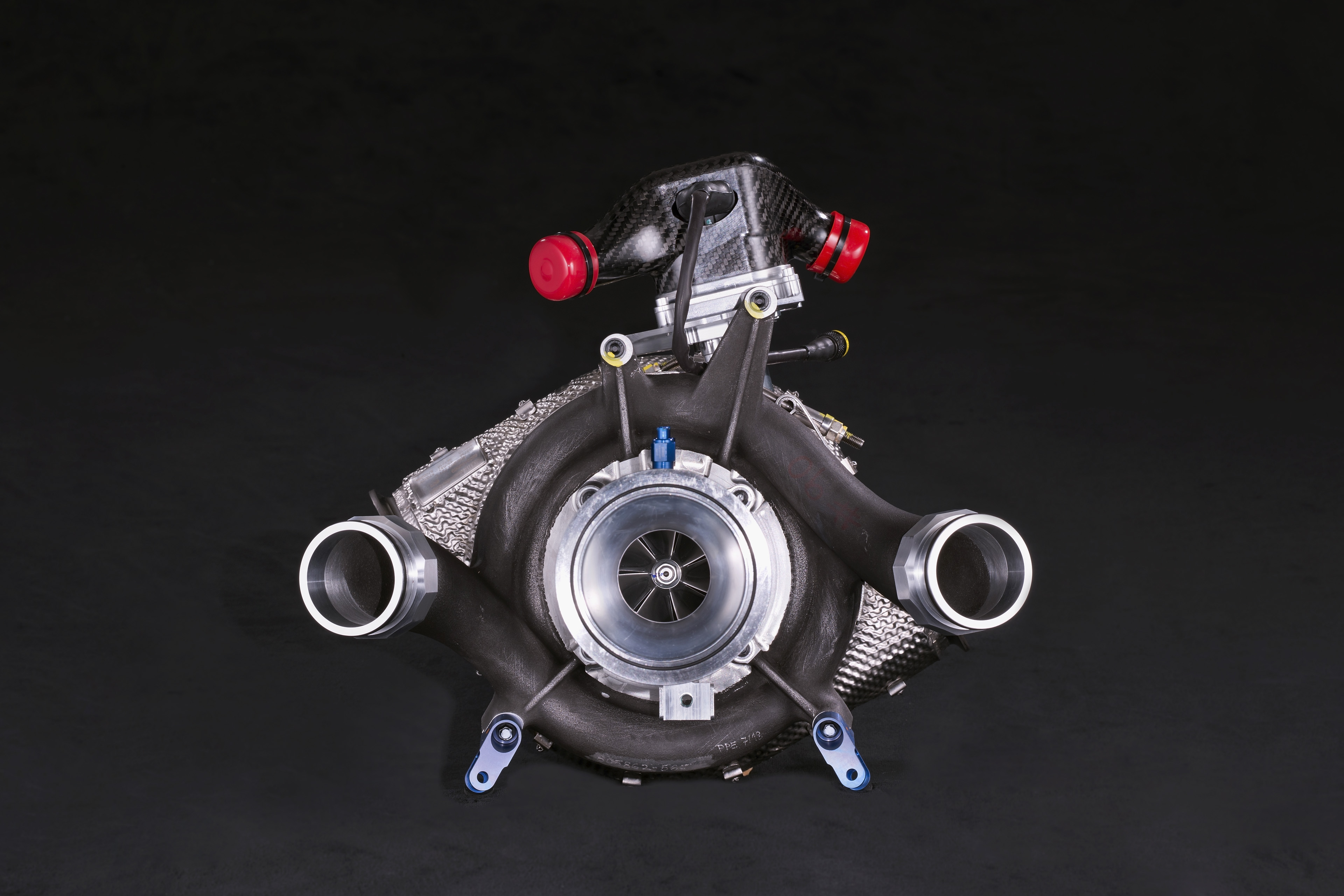If you’ve ever discussed or looked into cars with any depth, you’ve probably come across the term ‘turbo’.
Many vehicles of the past and present have boasted a turbo — short for turbocharger — under the premise of efficiency and, perhaps more commonly, gains in performance.
Not sure what one is? Let us explain…
What is a turbocharger?
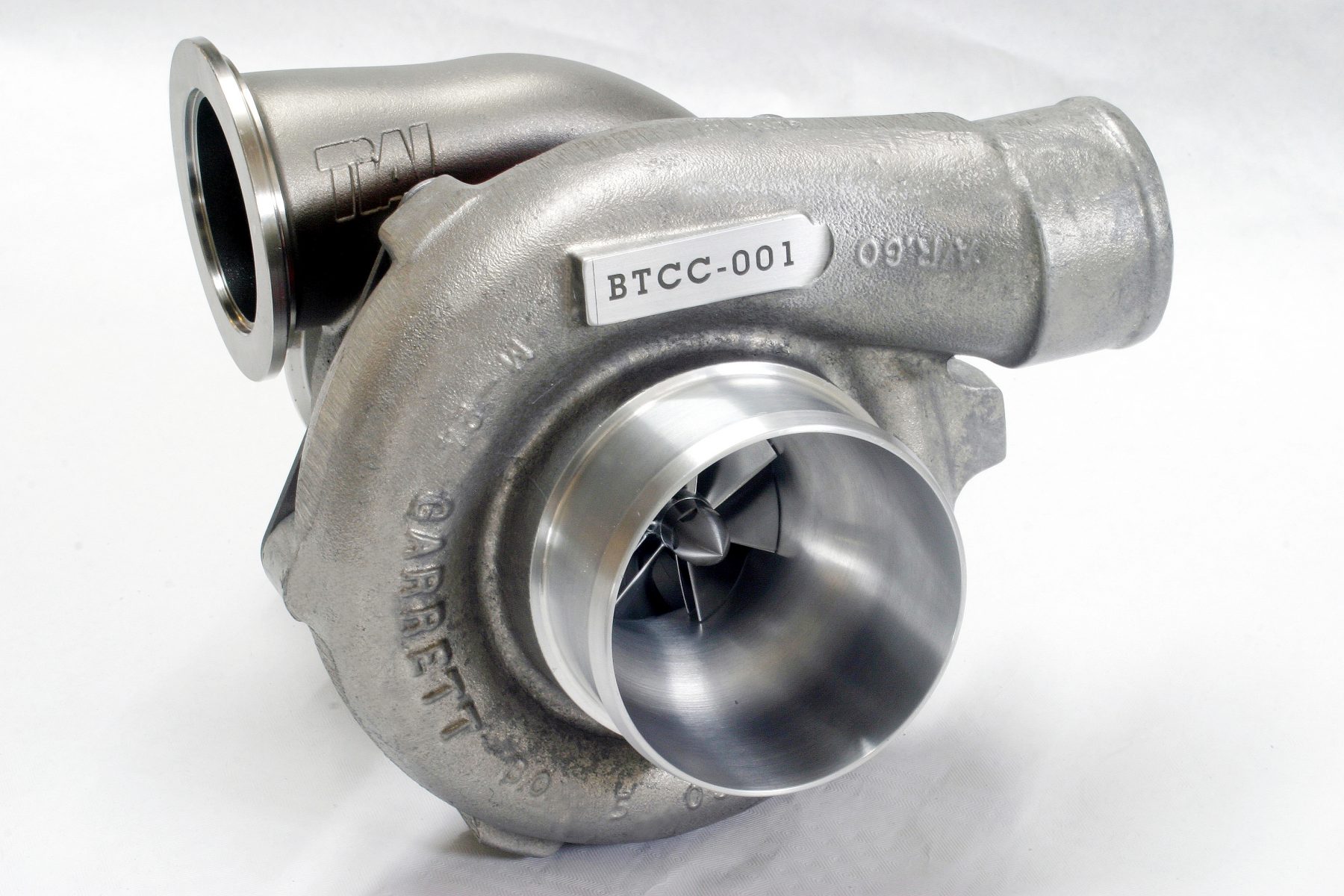
A turbocharger is a turbine-driven device that forces air into an engine’s combustion chamber — increasing power and improving efficiency.
In non-turbocharged engines, more commonly called naturally-aspirated, air is fed into the chamber at atmospheric pressure. While this is a reliable method, it means the engine is less efficient at mixing air with fuel. Turbochargers force extra air into the equation, increasing power and improving efficiency.
How does it work?
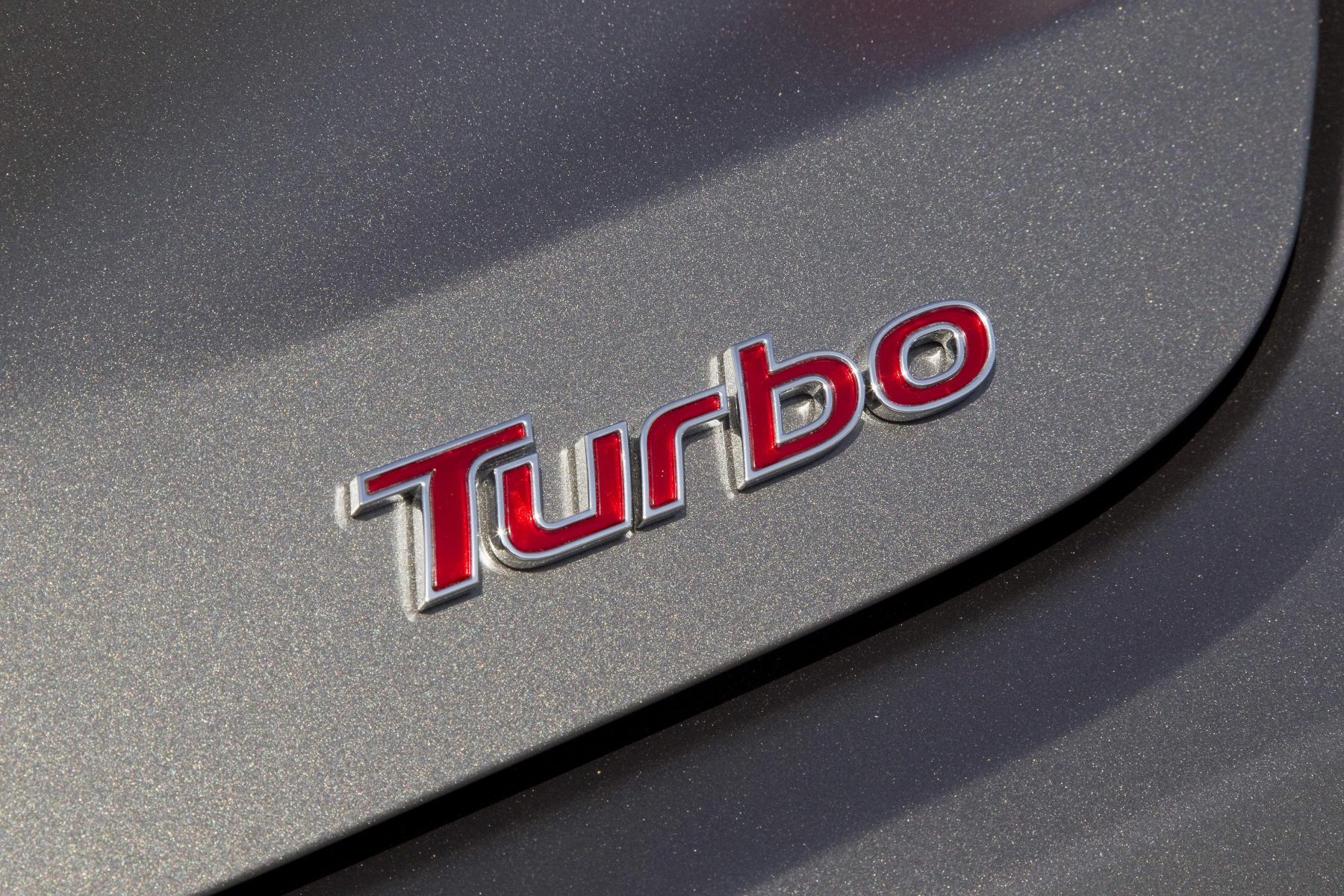
A turbocharger is made of two components — a turbine and a compressor. The two are linked, with exhaust gases forced out of the engine at a high pressure and into the turbine. When the turbine spins, so does the compressor — with the latter sucking air into the engine like a vacuum.
What’s the benefit?
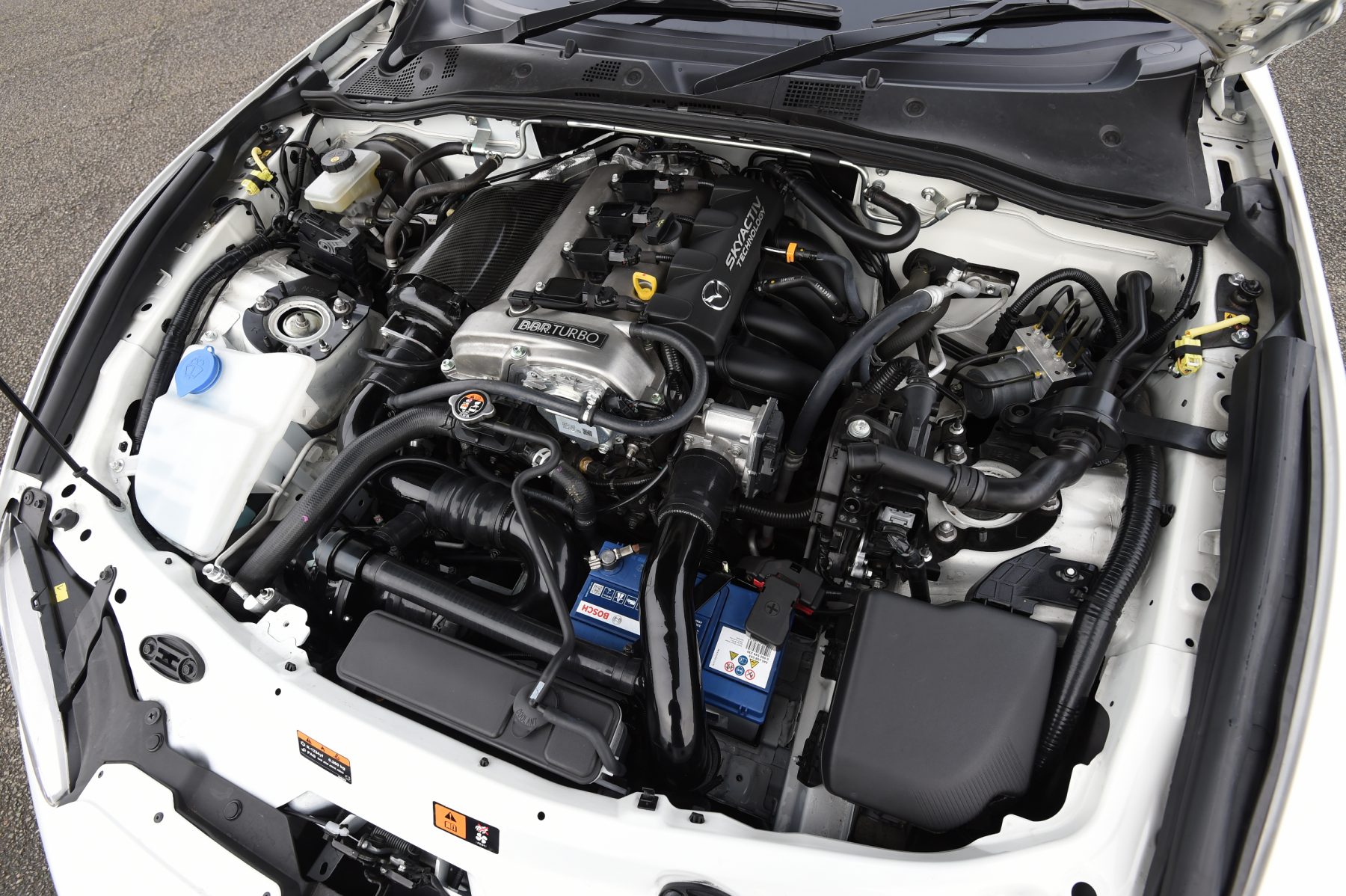
The big benefit of a turbocharger is large gains in performance. As more air is dumped in, more power is created — meaning a turbocharger is an efficient way to boost engine output, particularly in the case of smaller capacity units.
As small-capacity turbocharged engines can make as much power as large-capacity naturally-aspirated units, manufacturers can also make cars more efficient yet provide the same performance — which is why many new cars today are turbocharged.
Is there a downside to turbocharging?

While a turbocharger may seem like the answer to every problem, it’s not all rosy.
They can be expensive to fit as an aftermarket item, and they can be unreliable, particularly when used in high-performance applications — with replacement units coming at a significant cost.
Also, although the turbine can spin up pretty quickly, there is still a small delay in feeding the extra air in. As a result, engines that rely heavily on turbocharging for power can see a delay in delivery — commonly known as ‘turbo lag’.
Are there any alternatives?
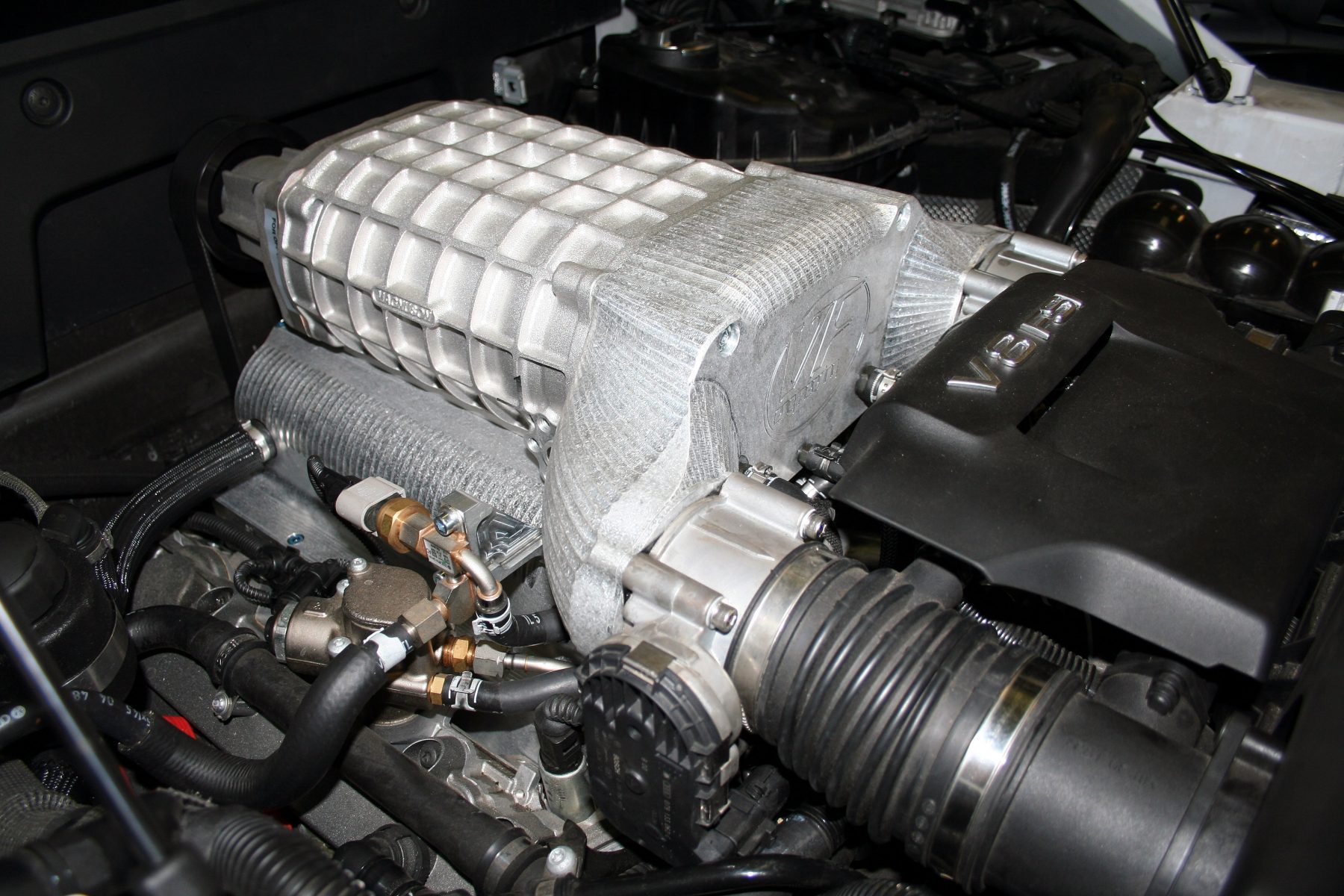
There is one alternative to turbocharging — supercharging. Superchargers produce a similar effect to turbos, in forcing more air into the engine for increased power, but the way they do it is significantly different.
In most forms, a supercharger is driven by the engine rather than exhaust gasses via a pulley, and then sends air into the engine through a compressor. The advantage is more responsive power delivery compared with a turbo, but as superchargers require power from the engine to drive them, the gains can be less fruitful.
Which cars use turbochargers?
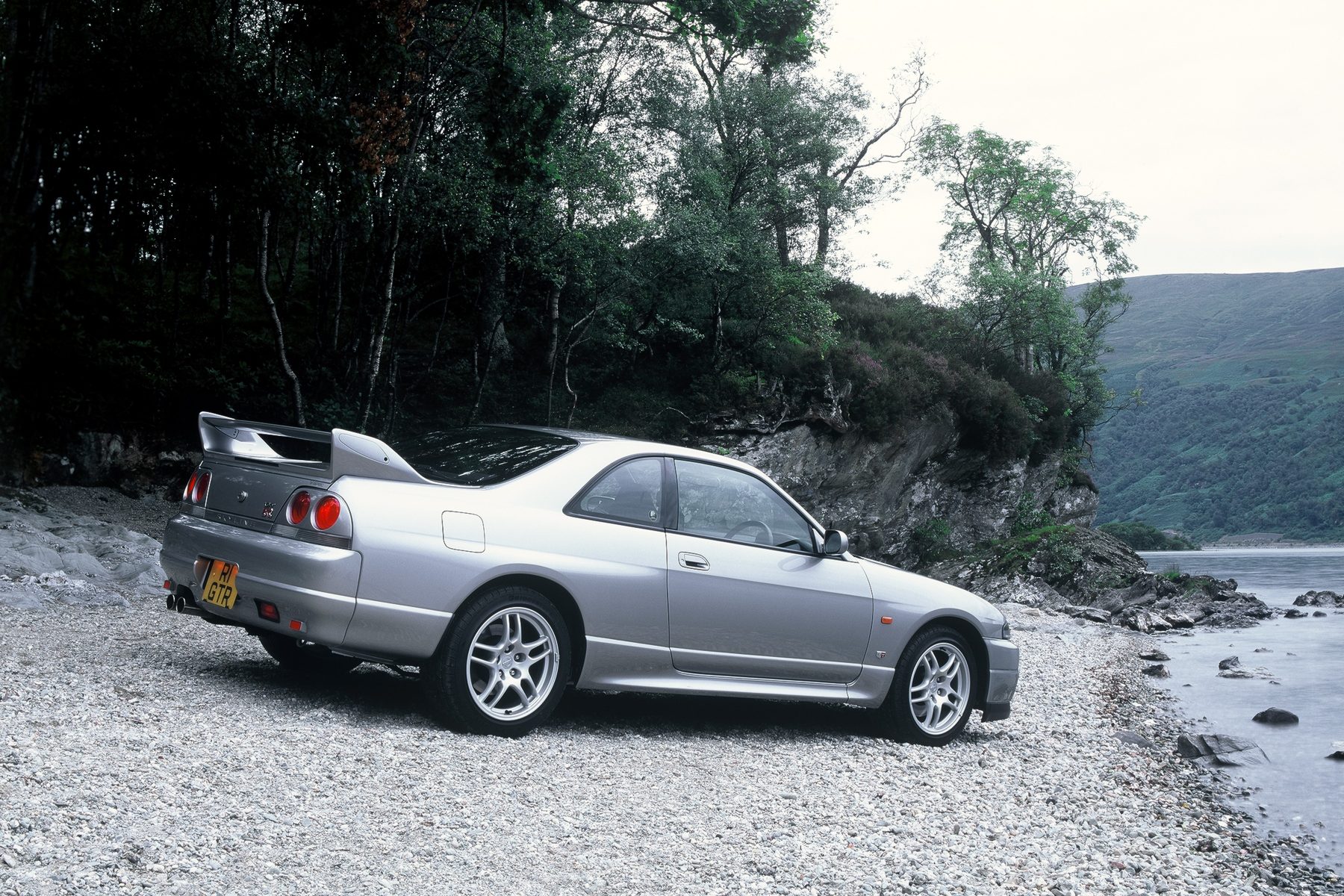
With ever-strict emissions regulations, most modern cars — petrol and diesel — will use turbocharging, improving fuel consumption and lowering CO2 emitted when compared with larger engines.
Turbocharging is commonly used on performance cars for a boost in power as well, with famous boosted monsters including the Porsche 911 Turbo, Nissan Skyline GT-Rs and recent McLaren supercar.

